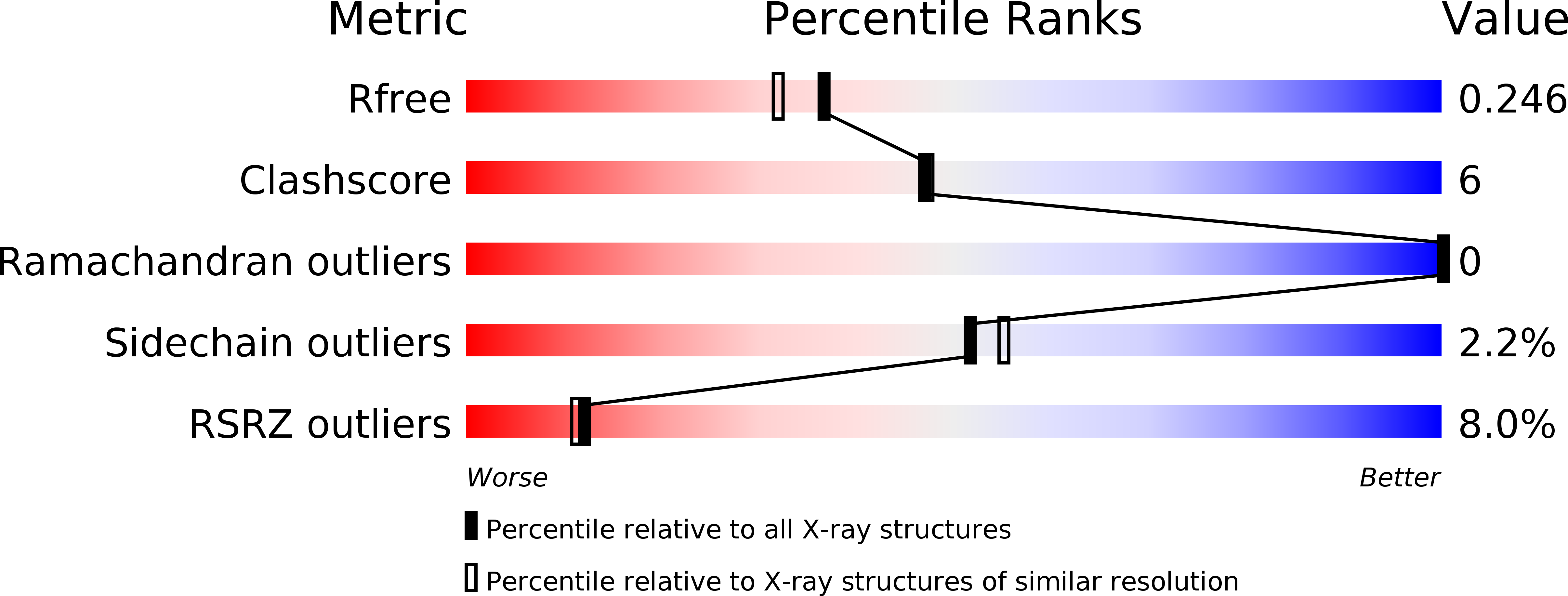
Deposition Date
2018-10-22
Release Date
2019-07-17
Last Version Date
2024-11-13
Entry Detail
PDB ID:
6IM3
Keywords:
Title:
Crystal structure of a highly thermostable carbonic anhydrase from Persephonella marina EX-H1
Biological Source:
Source Organism:
Host Organism:
Method Details:
Experimental Method:
Resolution:
2.00 Å
R-Value Free:
0.23
R-Value Work:
0.20
R-Value Observed:
0.21
Space Group:
P 21 21 2


